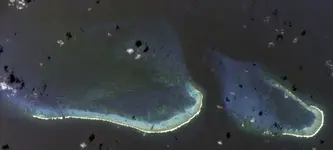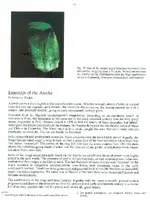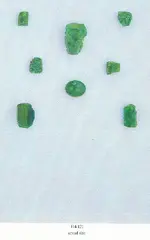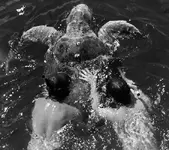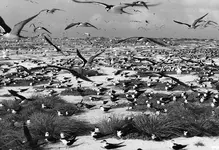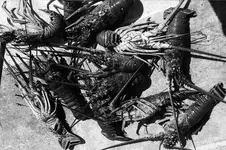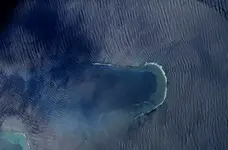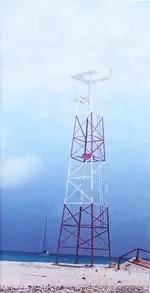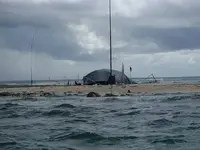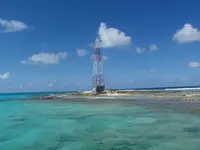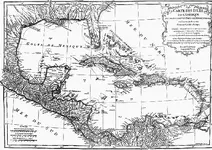One of the problems in locating a shipwreck, is that there are so many shipwrecks on every shoal and reef.
It needs specific knowledge to date and identify a shipwreck.
Even for a person who is perfectly capable to identify an artifact in the lab, it is not so easy to identify the artifact in the field or even underwater.
In the warm waters of the Caribbean, coral grows sometimes very fast. Algae and soft corals, barnacles and oysters can completely cover any artifact within months of it sinking to the bottom of the sea.
Quite often a more modern wreck lies on top of an old one. Only a keen, trained eye can spot the few telltale signs.
So how are we going to solve this problem? First of all we have to be grateful that it is so difficult to recognize and old shipwreck site. If it were not so, many more would have been already found on the shallow reefs.
There is only one way to train the eye to recognize a coral encrusted artifact. Experience.
So the most important thing to do is to find experienced key people who can train the other newer members of an expedition. It is always worth spending the time to visit a known old wreck site for training purposes.
An expedition trying to locate an old shipwreck needs to have at least one member on site who is capable of identifying common artifacts and dating them within 50 years or so.
For more precise dating and identifying, experts need to be consulted.
Nowadays we have some new tools available for that. Digital photo and video, giving instant access to the pictures is something we could not even dream of in the old times.
The we can send the pictures over an Internet satellite link to any place on earth, for experts to give their opinion via internet within hours.
Below is a link about satellite Internet.
http://en.wikipedia.org/wiki/Satellite_Internet_access
A list of experts who are capable of dating and identifying artifacts from a galleon of the 1605 fleet?
Then there is U-tube of course.
Daily updates from the remote Bajo Nuevo shoal might be able to gather quite a few followers.
The coral is of staggering beauty. Lobsters are king size. Conch is plentiful. Groupers of man size still exist. Hawksbill, Leatherback, Green and Loggerhead Turtles. And of course there are also sharks. Of every size.
How many thousands of people from all over the world might wait eagerly, every day, for a brief update and a few highlights from the expedition to this remote forlorn place.
CP



